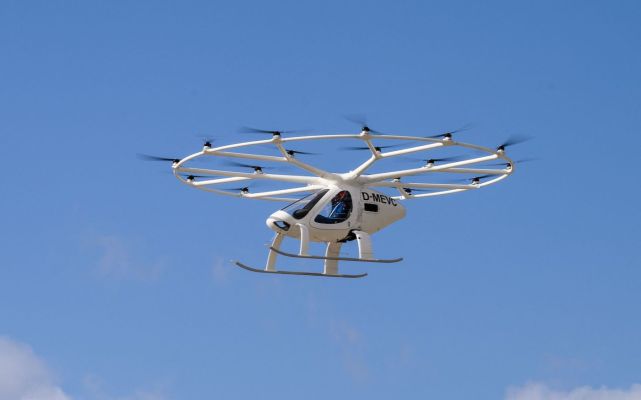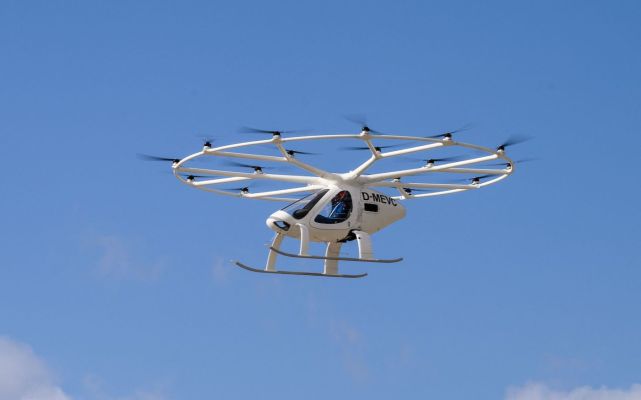
It’s likely that if you hadn’t previously heard of eVTOLs (electric vertical takeoff and landing aircraft), they might have made their way onto your radar last year.
Between the billions of dollars in capital, SPACs, and test flights, there were countless companies touting their newest developments and technological milestones bringing us one step closer to the commercialization of air taxis.
The billions of dollars raised by eVTOL companies last year mean one thing for 2022 – massive growth. I’ve been working in the aircraft development space for decades, but 2021 was different.
I’m keeping my eye on four trends for the next two years that will drastically change the way these companies operate and influence how interested entrepreneurs and investors can participate in the development of the burgeoning eVTOL ecosystem.
As an investor, I would be keeping a solid eye on companies that consider what urban air mobility will look like in reality as opposed to experimental prototypes.
The competitive landscape of the eVTOL aircraft market is going to expand
This one is a bit of a no-brainer, but this is a hot space, and every eVTOL vehicle developer is going to try to differentiate itself as much as possible. This will create a heightened competitive landscape among these companies, as well as future operators and infrastructure and service providers.
However, this is a good thing. Given the large addressable market of urban air mobility and the lead times required to stand up such a complex operation, the diversification and competition will benefit the entire space, as opposed to just one or two companies.
As an investor, I would be keeping a solid eye on companies that consider what urban air mobility will look like in reality as opposed to experimental prototypes. When I say reality, I’m talking about some degree of scale and maturity – commercial eVTOLs flying paying riders at scale in a long-term market.
Unlike commercial jets, which are indistinguishable to the average airline passenger, most eVTOLs have strikingly different designs. What performance differences will result from these design differences? What economic factors will be important as the industry scales once the glitz and glamour of early demonstration flights have passed? Why will riders and operators choose certain eVTOLs over others?
At this point, experimental prototypes pay little attention to real-world demands like payload and weather condition reliability, but if riders are going to save time getting to the airport for a long-distance flight, they need to be able to bring their luggage, and they need to count on the eVTOL to fly in weather conditions that jets do.










